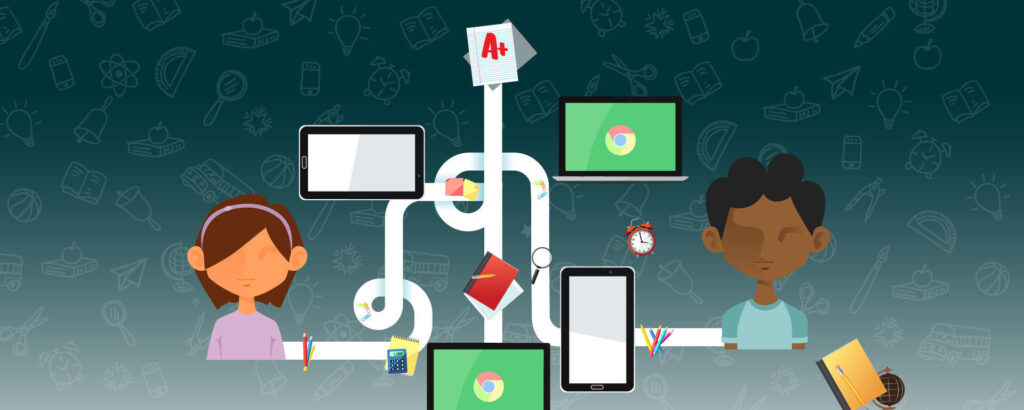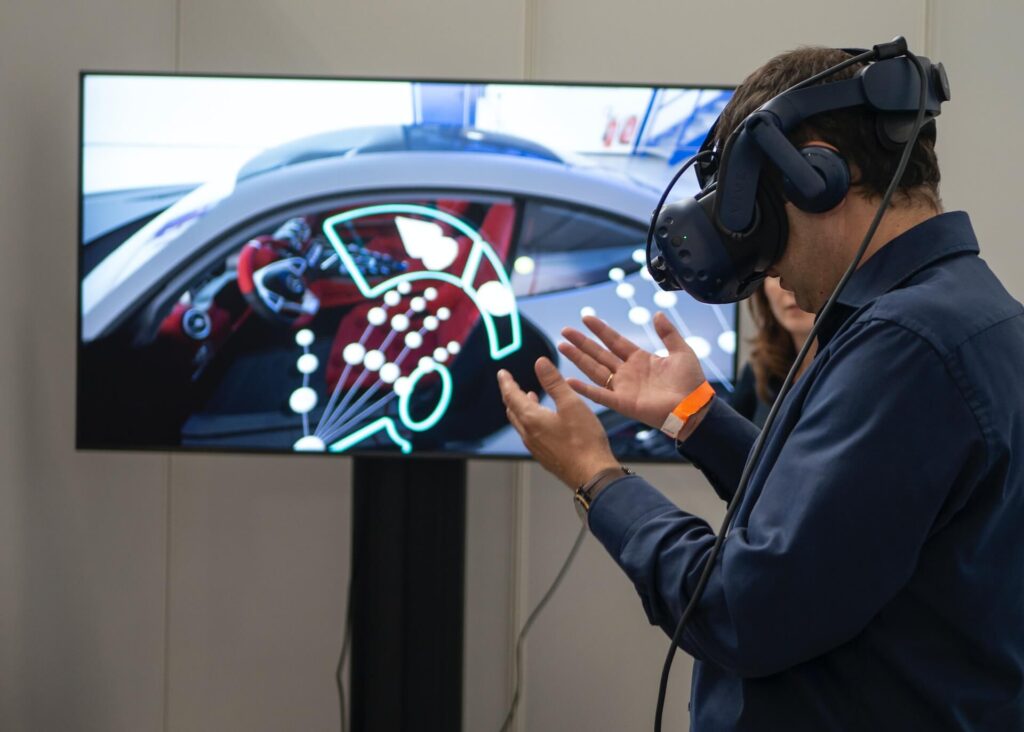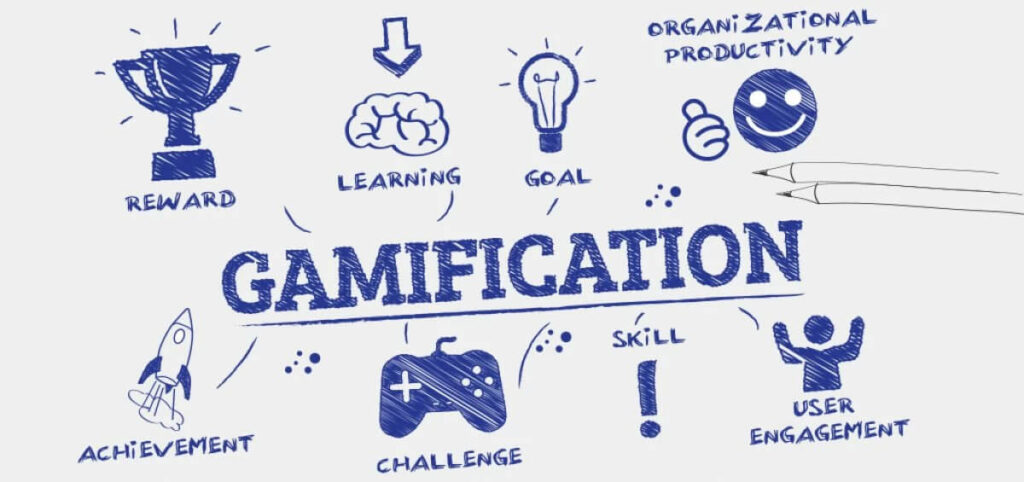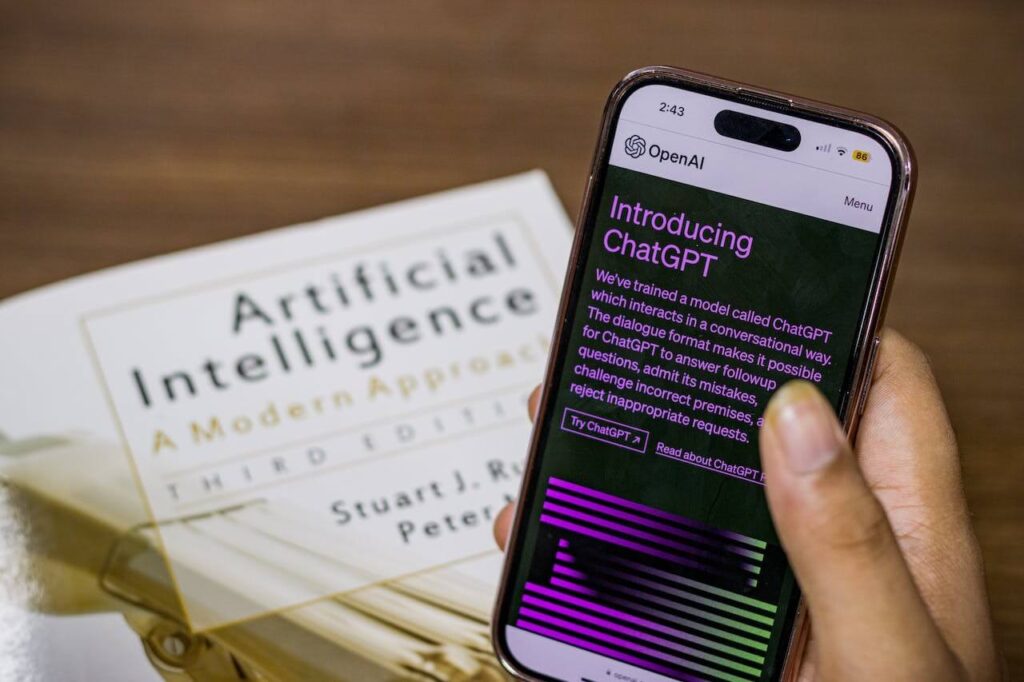In the wake of the digital age, the field of education has undergone a profound transformation. With technology becoming an integral part of our lives, it’s no surprise that it has also found its way into the classrooms. Blended learning, a pedagogical approach that combines traditional teaching methods with online resources, has been gaining momentum over the past few years. In this blog post, we will explore the latest trends in technology in education and how they are shaping the landscape of blended learning.
Exploring Education Trends
1. Personalized Learning
Personalized learning stands at the forefront of technological advancements in education, promising tailored educational experiences for every student. Through the power of advanced algorithms and data analytics, educators can meticulously craft lessons that cater to the unique needs and learning styles of individual students. This individualisation ensures that no student is left behind, creating an inclusive environment where each learner has the opportunity to excel at their own pace.

In the realm of personalized learning, adaptive learning platforms play a pivotal role. Leveraging machine learning, these platforms assess a student’s strengths and weaknesses with precision, delivering content tailored to their specific requirements. This not only enriches the overall learning experience but also liberates teachers, allowing them to focus on providing invaluable one-on-one support to students in need.
2. Virtual and Augmented Reality (VR/AR)
Virtual and augmented reality technologies are reshaping the educational landscape, offering immersive learning experiences that were once unimaginable. In the realm of virtual reality (VR), students are transported into meticulously crafted virtual environments, creating lifelike scenarios pivotal in fields like science, medicine, and engineering. For instance, aspiring medical professionals can hone their skills in a risk-free virtual operating room, allowing them to practice intricate surgical procedures without the real-life consequences.

In contrast, augmented reality (AR) seamlessly blends the digital and physical worlds, enhancing traditional educational materials in innovative ways. Through AR, textbooks become interactive marvels, captivating students’ attention and fostering deep engagement. Picture a history lesson where historical figures materialize through AR on students’ smartphones or tablets, bringing the past to vivid life and making learning an interactive adventure.
3. Gamification
Gamification is a transformative trend in education that has gained significant traction. By seamlessly integrating elements of game design into the learning process, educators can enhance the engagement and enjoyment levels of their lessons. This innovative approach has led to the rise in popularity of educational games and platforms such as Kahoot! and Duolingo, which have successfully turned learning into an enjoyable and interactive experience.

Moreover, gamification fosters a sense of healthy competition and collaboration among students. It serves as a motivational tool, encouraging active participation in their educational journey. Through the implementation of points, badges, and leaderboards, students are not only rewarded for their achievements. Still, they are also inspired to engage in continuous learning, thereby creating a dynamic and stimulating educational environment.
4. Artificial Intelligence (AI) and Chatbots
Artificial intelligence (AI) is at the forefront of revolutionizing administrative tasks in the field of education, providing a seamless experience for both educators and students. Through AI-driven chatbots, routine inquiries, such as registration details and course information, can be swiftly addressed. This not only enhances efficiency but also liberates staff from mundane tasks, allowing them to concentrate on more intricate and strategic responsibilities, thereby fostering a more enriching educational environment.

Moreover, AI’s capacity to process vast datasets is transforming the educational landscape. By analyzing extensive student performance data, AI identifies significant patterns and trends. These insights enable educators to make data-driven decisions, facilitating targeted interventions and personalized curriculum adjustments. This proactive approach empowers educators to address the specific needs of struggling students, ensuring a tailored and supportive learning experience for everyone.
5. Hybrid Learning Environments
The COVID-19 pandemic played a pivotal role in reshaping the landscape of education and expediting the widespread acceptance of online learning. This transformative period ushered in the rise of hybrid learning environments, seamlessly blending traditional in-person teaching with the dynamic realm of virtual instruction. Within these mixed environments, students are granted the unique opportunity to select their preferred mode of learning, fostering a sense of autonomy and personalisation in their educational journeys.

Furthermore, hybrid learning stands as a beacon of inclusivity, catering to the diverse needs and preferences of students. By accommodating various learning styles and requirements, it ensures that no learner is left behind. Moreover, this mode of learning acts as a powerful catalyst, equipping students with essential digital skills vital for thriving in the contemporary workforce. In a rapidly evolving digital world, these skills are indispensable, preparing students for the challenges and opportunities that await them in their future careers.
As technology continues to advance, its role in education will only become more prominent. The trends discussed in this blog post represent just a glimpse of the possibilities technology offers to the field of education. Personalized learning, VR/AR, gamification, AI, and hybrid learning are reshaping how we teach and learn, making education more engaging, effective, and inclusive. Embracing these trends will empower educators and students to thrive in the dynamic and tech-driven world of tomorrow.


